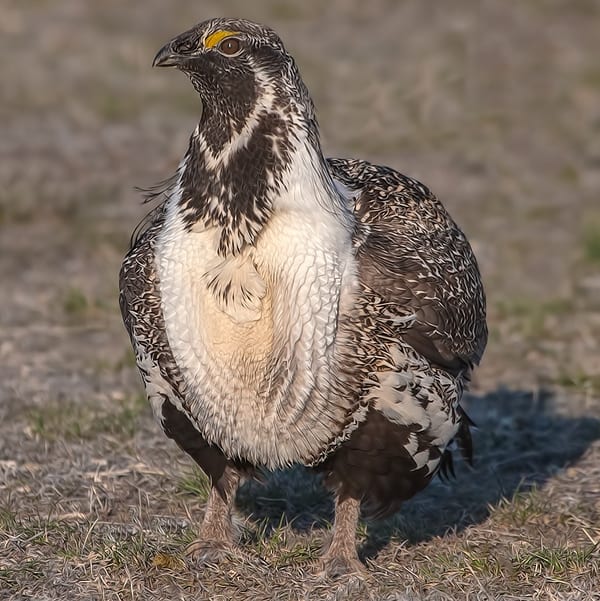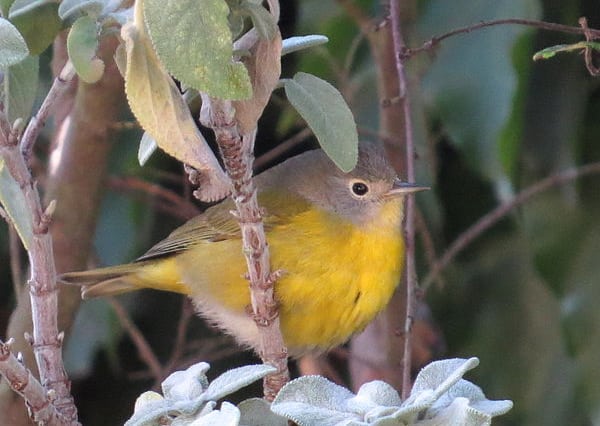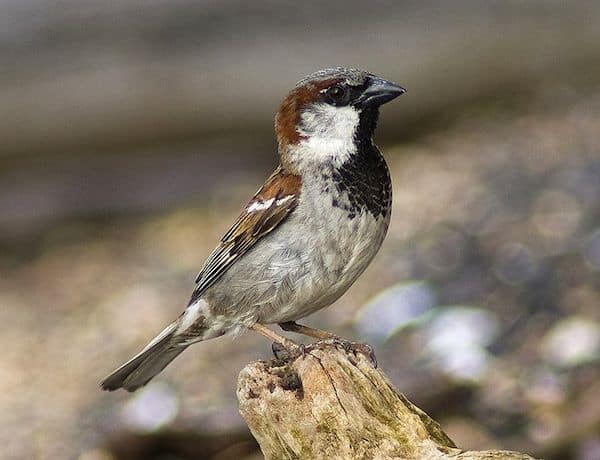What Does a Greater Sage-grouse Look Like?
The greater sage-grouse is the largest North American grouse, with a thick, plump body, small head, and a long tail. Its plumage is a scaled pattern of gray, brown, and black, with a black belly. Males are larger than females. The male has a strikingly distinct appearance with a black head and throat and yellow combs that arch over its eyes. It has a fluffy, white collar and breast with two large yellow air sacs it reveals during courtship. When presenting, the male puffs up its chest and fans out its long, pointed tail feathers.
Listen for
While on the lek, the male greater sage-grouse uses the air sacs in his throat to make a loud and deep bubbling sound used to attract a mate. Both sexes also make various soft single-note calls kuk, kuk. When flushed, its wing beats are noisy.
Where to Find a Greater Sage-grouse
The greater sage-grouse lives exclusively in the shrub-covered plains, slopes, and foothills of the western United States and into southern Alberta and Saskatchewan. It lives in a variety of environments, the key unifying factor being an abundance of sagebrush. During the winter, some greater sage-grouses will move to lower elevations to keep warm.
Diet
The greater sage grouse feeds primarily on various plant materials, most commonly sagebrush leaves and shoots during the fall and winter. On occasion it will also eat flowers, buds, and insects. It forages by walking and searching on the ground, poking around the ground and low vegetation in search of food.
Nesting behavior
The greater sage-grouse builds its nest on the ground under or close to sagebrush. The female digs into the soil to make a shallow, cup-shaped depression a couple inches deep. To finish the nest, she lines the hole with various plant materials including leaves and grass. She lays 6-12 eggs that are a dull yellowish-green with brown speckling. She incubates the eggs for 25-27 days before hatching. The young are able to feed themselves immediately with the guidance of the mother and can fly after one to two weeks.
WOW
The ritual courtship display of this species is a spectacle of nature. Males inflate their head, breast and tail feathers as well as their yellow air sacs, and emit a weird hooting and popping sound. Some vie for prime turf on the lek (ritual courtship area) by smacking each other with their wings.




